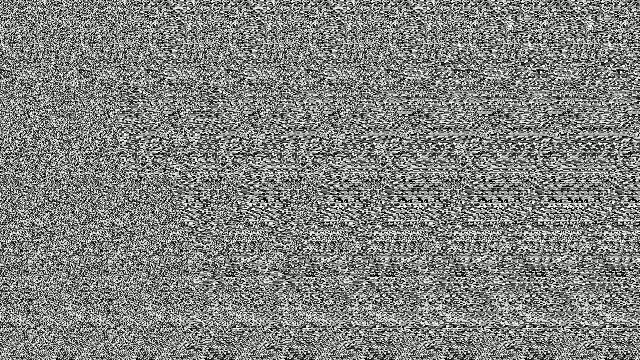

#Cetera algorithm full#
The angle of each boid (as described by Reynolds) should be a full 300 degrees.The boids should be rendered as a red circle, with a line inside of the circle showing its heading, which is the direction the boid is pointing in:.Given the number of boids (simulated entities) and the number of frames, output an animation of the simulation. He also has some super informative pictures on his site. I am not perfect when explaining things, so I highly recommend checking out the source. The neighborhood could be considered a model of limited perception (as by fish in murky water) but it is probably more correct to think of it as defining the region in which flockmates influence a boids steering. Flockmates outside this local neighborhood are ignored. The neighborhood is characterized by a distance (measured from the center of the boid) and an angle, measured from the boid's direction of flight. Cohesion: steer to move toward the average position of local flockmates.Įach boid has direct access to the whole scene's geometric description, but flocking requires that it reacts only to flockmates within a certain small neighborhood around itself.Alignment: steer towards the average heading of local flockmates.Separation: steer to avoid crowding local flockmates.The basic flocking model consists of three simple steering behaviors which describe how an individual boid maneuvers based on the positions and velocities its nearby flockmates: It has three main rules, as described by its creator, Craig Reynolds: The company is a recognized leader in hearing aid technology and is the largest hearing aid manufacturer in the world.įor more information on Starkey click here.The Boids Algorithm is a relatively simple demonstration of emergent behavior in a group. Headquartered in Minneapolis, Minnesota, Starkey has 30 distribution and manufacturing facilities in 17 countries. Starkey Labs is a privately held company engaged in the development, assembly, marketing and repair of hearing aids, related parts and equipment. The sound difference can be as significant as comparing a one-dimensional visual image to 3-D,' said Ruzicka.

'The Cetera technology applies the lessons of virtual audio to advance the state-of-the-art in hearing aids. This customization removes the barrier that most hearing aids erect between the incoming sound waves and the data sent to the brain for processing. Cetera's algorithm can match the exact characteristics of the wearer's ear. The Cetera technology is based on an innovative new algorithm- the complex mathematical formula that drives a hearing aid. Cetera removes the barrier between sound and the brain's ability to process signals. Starkey's Cetera technology makes the hearing aid 'invisible' to the brain. 'The idea is to have a hearing aid designed to preserve the clues that enable the brain to process sound.' Sigfrid Soli, Director of the Hearing Aid Research Laboratory at the House Ear Institute in Los Angeles, a non-profit research and education center. 'The brain is the world's best sound processor,' said Dr. The job of the ears is to capture and send natural acoustic signals to the brain for processing. The important tasks of identifying and defining sound - the real job of 'hearing'- occurs in the brain. The results is that most hearing aids aren't able to give the brain the data it needs to filter out background noise, to locate where the sound is coming from or to favor one voice over another in a crowded room.' 'However, while making sound louder, because of their physical presence in the ear canal, they obscure the clues needed by the brain to process sound. They mainly amplify sound,' said Jerry Ruzicka, president, Starkey Labs. 'Current hearing aids are miniature PA systems. Starkey's Cetera digital technology will restore the brain's ability to locate where a sound is coming from and to focus on one sound or voice even when in a noisy environment.

Starkey Labs is introducing new technology today that is dramatically different from any other hearing aid. In spite of improvements in technology, current hearing aids have disappointed and frustrated many wearers. Pride and vanity are two reasons, but the biggest reason is that current hearing aids don't meet their needs. Yet, only one-fourth of them use hearing aids. More than 28 million people suffer from hearing loss, according to the Better Hearing Institute.


 0 kommentar(er)
0 kommentar(er)
